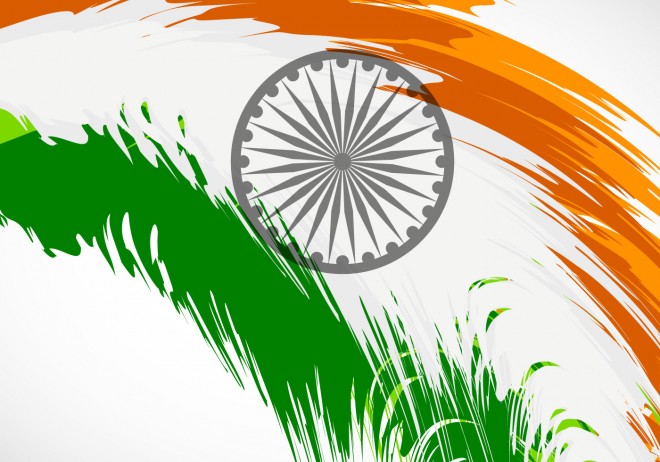Story Behind Indian Tricolour Flag
Written by : SMTV24x7 | Sat, Aug 15, 2020, 12:00 PM
August 15, India is celebrating 74th Independence Day. Though it might be a restricted event and not flag hoisting from the Red Fort by the Prime Minister, it is a National Festival that we all have to celebrate from our houses because of the present Covid-19 pandemic situation prevailing. On this auspicious day, let us remember the man who designed India's tricolour national flag. He is our Telugu man, Pingali Venkayya.
Legendary freedom fighter, Pingali Venkayya was born on August 2, 1876, in Andhra Pradesh, Pingali Venkayya is also known as 'Jhanda Venkaiah'. He was an Indian freedom fighter who the nation remembers proudly for reasons more than his struggle for our independence.
Born near Machilipatnam (now in Andhra Pradesh), Venkayya was a Gandhian ideologist. He was also a linguist, geolist and a writer. In fact, in 1913, he delivered a full-length speech in Japanese. Such credentials gave him interesting titles like 'Japan Venkayya', 'Patti (cotton) Venkayya' and 'Jhanda Venkayya'.
It was during his stint with the British Army that the 19-year-old met Mahatama Gandhi in Africa. Venkayya's association with Mahatama Gandhi lasted over 50 years. After his return from Africa, Venkayya spent most of his time researching about farming and cultivating cotton. He even went on to study Sanskrit, Urdu and Japanese in the Anglo Vedic School in Lahore.
He had studied the flags of 30 countries before making the Indian tricolor flag. He did his research from the year 1916 to 1921 after which he designed the tricolor which got approval in the presence of Father of the Nation Mahatma Gandhi in the Congress Committee meeting held in Vijayawada on March 31st and April 1st 1921.
He also published a book in 1916 offering thirty designs of what could make the Indian flag. Throughout all Congress sessions between 1918 and 1921, he relentlessly put forward the idea of having a flag of our own. He met the Mahatma once again in Vijayawada and showed him his publication with the various designs of the flag. Acknowledging the need for a national flag, Gandhi then asked Venkayya to design a fresh one at the national congress meeting in 1921.
"Pingali Venkaiah who is working in Andhra National College Machilipatnam, has published a book, describing the flags of the countries and has designed many models for our own National Flag. I appreciate his hard struggle during the sessions of Indian National Congress for the approval of Indian National Flag," Mahatama Gandhi had written in Young India.
Prominent historian Ramachandra Guha notes that a Congress committee had in 1931 changed the red band to saffron. It also re-positioned the bands with saffron on top followed by white and then green. The charkha was placed on white band in the middle. "Endorsing these changes, Gandhi observed that 'the national flag is the symbol of non-violence and national unity to be brought about by means strictly truthful and non-violent'. The tricolour, he wrote, 'represents and reconciles all religions'."
He, however, died in poverty in 1963 and was largely forgotten by the society and by his own party, the Congress.